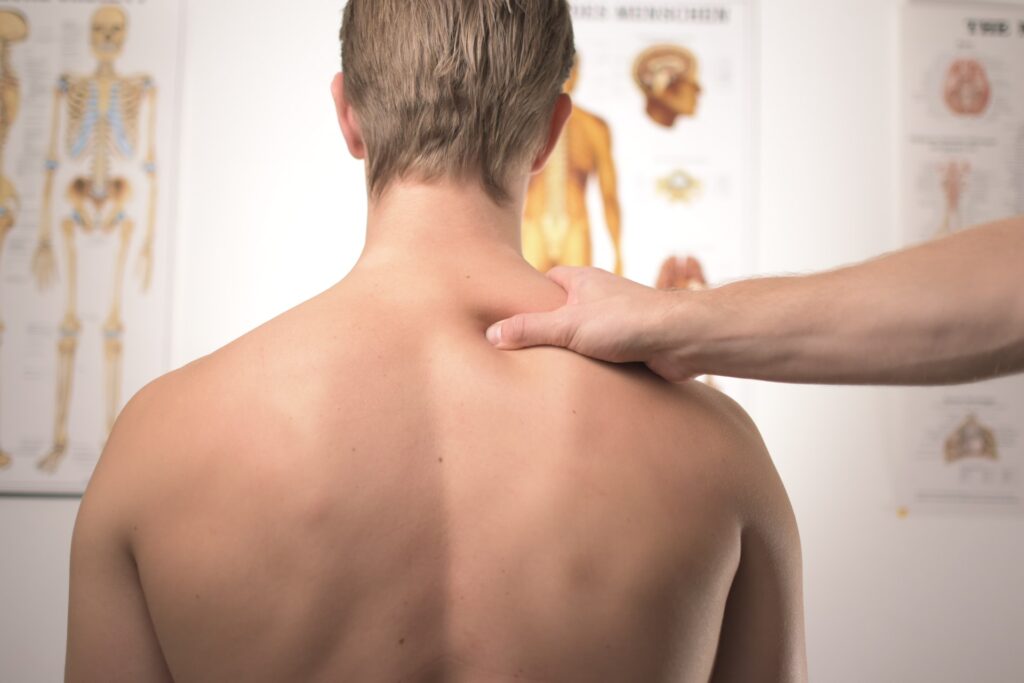
It’s absolutely no wonder that chronic pain sufferers are always on the lookout for different ways to hopefully lessen their agony. From neuropathy to arthritis and multiple sclerosis to chronic pain caused by a multitude of other issues, millions of people all over the world live with severe pain as a part of their daily lives.
If you’re one of them, we’ve compiled some great tips below that may help you find at least a bit of relief… if not a lot more.
Try CBD Oil for Pain Relief

Cannabidiol, more commonly known as CBD, comes from the same plant as marijuana (cannabis) and is a cannabinoid much like the tetrahydrocannabinol (THC) that is responsible for the “high” sensation from marijuana. However, CBD is just one of over 100 cannabinoids and while it does have several effects on the human body, users do not experience a “high” with CBD.
There are plenty of CBD products available all across the country and possession and consumption are completely legal in all 50 states. However, many patients are discovering the benefits of using CBD oil for pain relief.
Commonly used as a tincture placed under your tongue or inhaled via a vape pen or other smoking device, CBD oil is quickly gaining a strong following among chronic pain sufferers. Whether you suffer from neuropathic pain, arthritis, MS, or other forms of chronic pain, you owe it to yourself to see more of the CBD options available.
Utilize Deep Breathing and/or Meditation
Learning how to help your body relax can go a long way toward lessening your pain levels. With deep breathing exercises and meditation, your muscles receive silent messages to relax, helping reduce their tightness and tension.
While there are numerous ways to meditate, simply closing off your thoughts and focusing on breathing while repeating a word or phrase (aka a “mantra”), has a soothing effect on the body and promotes relaxation. Find a quiet spot where you can be alone, position your body comfortably (you don’t have to sit in the “traditional” meditation image of legs-crossed, back-straight), and focus all thought on a spot just below your navel. As you breathe, slowly pull the air into that spot and fill you from the abdomen up before exhaling like a slowly deflating balloon.
Keep your breathing rhythmic while repeating your mantra and after a bit of practice, you may be surprised by how much pain relief you experience.
Embrace Your Endorphins

Endorphins are not only your body’s natural way of helping to make you feel good and improve your mood, they’re also quite successful at blocking pain signals. If you’re healthy enough for exercise, it’s not only a great way to prod your brain into releasing those endorphins, strengthening certain muscles can help reduce certain pain areas as well.
Ask your doctor or pain management specialist for some specific exercise routines that may be beneficial to your particular issues, and that your body can handle. However, you should also always “listen” to your body. If a certain exercise is painful or exceedingly difficult, stop until you consult with your physician again. “Pushing” yourself may look good in the movies but it can actually cause you a lot more pain in both the short and long term.
Time to Cut Back
It’s no secret, and really no surprise at all, that alcohol sales and consumption have seen a marked uptick in the past 8 months. While that bourbon, beer, or wine may taste especially good these days, those with pain issues should seriously consider cutting back.
Alcohol can disrupt your sleep and as you likely already have plenty of issues with that feat thanks to your pain levels, reducing your alcohol consumption can help improve your quality of life in more ways than one.
However, there’s also some good news regarding one of your potential vices. While in high amounts caffeine is known to trigger headaches in some consumers, studies have shown that caffeine can potentially reduce pain through its effects on adenosine receptors. It seems that caffeine has an apparent ability to block certain pain receptors and while there still needs to be more research completed on the subject, so far it has shown some promising results.
Time to Completely Stop

Nicotine, whether consumed via traditional smoking, vaping, or smokeless tobacco/snuff, has been proven to increase pain levels. While this can be especially more true for those with circulatory problems, anyone with chronic pain issues should definitely work on ceasing the use of nicotine altogether.
Listen to your Doctor for Once
While you likely listen to your physician on things like medications and vaccinations, many of you are likely guilty of ignoring one directive all too often. Eat healthier!
A well-balanced diet promotes healthy body functions that naturally aid in pain reduction while also assisting the digestive process, reducing the risk of heart disease, and helping you keep weight in check. Consider moving to more of a low-fat/low-sodium diet with lean meats, fresh fruits and vegetables, whole-grain cereals and breads, dried beans and peas, and low-fat milk, cheese, and yogurt.
When you utilize a well-balanced diet, your muscles are purged of excessive levels of toxins and in turn, your pain levels can be reduced rather drastically.
Give Your Body A Special “Treat” Regularly
Not only are they usually available close by, generally quite affordable, and feel absolutely wonderful, a massage can help relieve tension, reduce toxin buildup, lower stress, and of course reduce pain. A lot of local options offer membership specials and you may be surprised by how often you can easily afford to indulge in an hour-long massage.
As an extra bonus tip, anyone suffering from chronic pain should do everything they can to reduce their stress. Whether that’s with CBD oil, a long, hot, lavender bath, meditation and deep breathing or simply cutting some stressful things out of your life, stress will always work on increasing your pain and the more you can reduce it, the better off you’ll be.





